
Most patients (95%) with the PDS implanted did not need supplemental treatment before the refills, indicating the persistence and durability of the treatment.

Most patients (95%) with the PDS implanted did not need supplemental treatment before the refills, indicating the persistence and durability of the treatment.

After 2 years, the improvements in vision and anatomy were sustained with extended dosing out to every 16 weeks in a high percentage of patients.

During the Glaucoma 360 New Horizons Forum, the spotlight was cast upon sustained release injectables, including innovations that have been flourishing over the past year despite, or perhaps because of, a continuing worldwide pandemic.
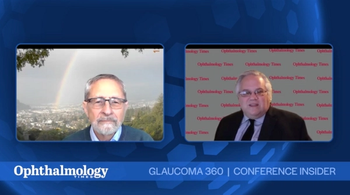
Robert L. Stamper, MD, speak with Ophthalmology Times®' David Hutton to discuss his presentation at the Glaucoma 360 event in San Francisco, where he presented an update on OCT-Angiography and its role in detecting the density of the capillaries in the macula.
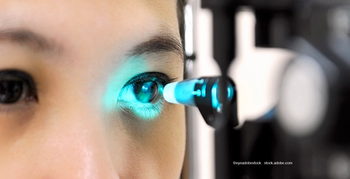
The introduction of new devices is possibly the single most influential factor currently driving the glaucoma market, said Kristen Harmon Ingenito, MBA, in her presentation during the New Horizons Forum at the 2022 Glaucoma 360.
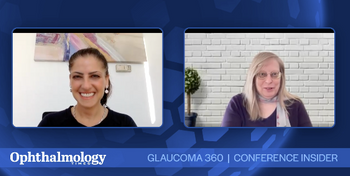
Ranya Habash, MD, medical director of Technology Innovation, assistant professor of Clinical Ophthalmology at Bascom Palmer Eye Institute, University of Miami in Miami, Florida, offers a preview of her New Horizons keynote speech on "The future of eye care: science fiction to science fact."
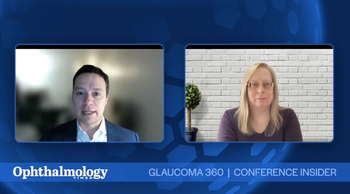
Ora Chief Medical Officer Gustavo De Moraes, MD, PhD, MPH, speak with Ophthalmology Times®' Sheryl Stevenson to discuss some of the cutting-edge advancements in therapies and diagnostics for the treatment of glaucoma patients.

Glaucoma 360 is being held at the Grand Hyatt San Francisco at Union Square, and the meeting brings together celebration, innovation, and education in its efforts to eradicate glaucoma, with the Gala serving as the traditional kickoff of the event.

Glaucoma 360's co-founders and co-chairs Adrienne L. Graves, PhD, and Andrew G. Iwach, MD, speak with Ophthalmology Times®' Sheryl Stevenson on what attendees can expect from this year's annual meeting.
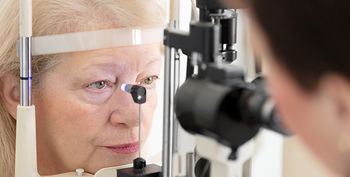
A University of Montréal Hospital Research Center team reveals the fine mechanisms behind the major vascular defects observed in glaucoma patients and identifies new therapeutic targets.

According to the company, its C.STIM IPL system is based on intense pulsed light technology for the treatment of dry eye disease.

The Toronto-based medical eyewear company partnered with the visual assistance community to help empower an Oregon college student with enhanced vision.

Presbyopia-correcting drops represent a whole new product category—one with a lot of upsides for clinicians who want to help their patients see well at all distances.
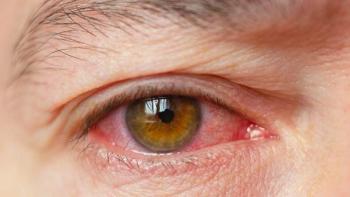
Moore suffered from dry eye disease and Lumenis noted that treatment with OptiLight improved her condition. Now she’s partnering with the company to share her story and empower others.

The company completed enrollment ahead of schedule in a second Phase 3 FDA registration trial for Nyxol in RM with top-line results expected by the end of the first quarter.

The latest invention from Mark S. Humayun, MD, PhD, brings hope to sufferers of age-related macular degeneration, a common type of blindness.
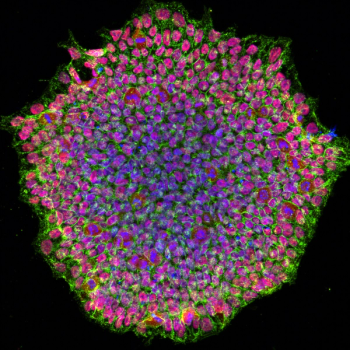
The team hopes the use of patient-derived stem cells will enable high-throughput drug screening for potential therapeutics for patients.
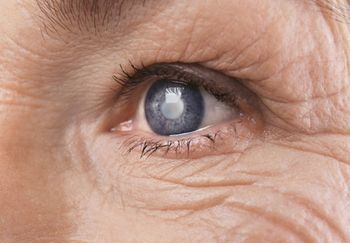
The company noted that the study was the first to evaluate whether AI software can accurately detect more-than-mild diabetic retinopathy using a single image per eye, obtained from either a desktop or handheld retinal camera.
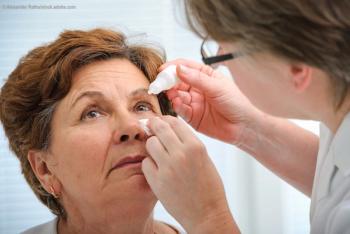
The 3-month study will assess the safety and ocular hypotensive efficacy of TC-002 ophthalmic solution.

The FDA has approved the first generic of cyclosporine ophthalmic emulsion (Restasis; Allergan) 0.05% single-use vials of eye drops to increase tear production in patients with dry eye disease.
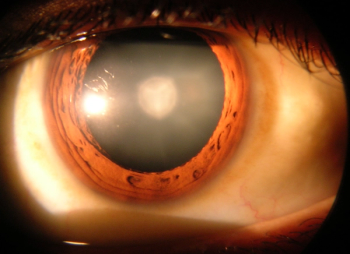
Researchers at the University of Arizona Health Sciences will use a $1.6 million National Eye Institute grant to study age-related lens cell changes that can lead to cataracts.

According to investigators, the implant can provide a sustained infusion of drug to the retina

A team of investigators has conducted ocular pharmacokinetic studies, including metabolism, providing valuable information for ocular drug development.

A team of investigators examined the association between COVID-19 transmissibility and elapsed time since infection, and found that SARS-CoV-2 may still be transmissible 10 days post-infection.

Cleveland Eye Bank Foundation (CEBF) will feature nine researchers from three eye institutions on February 15, from 3 to 5 pm Eastern, for its second annual virtual vision research symposium.